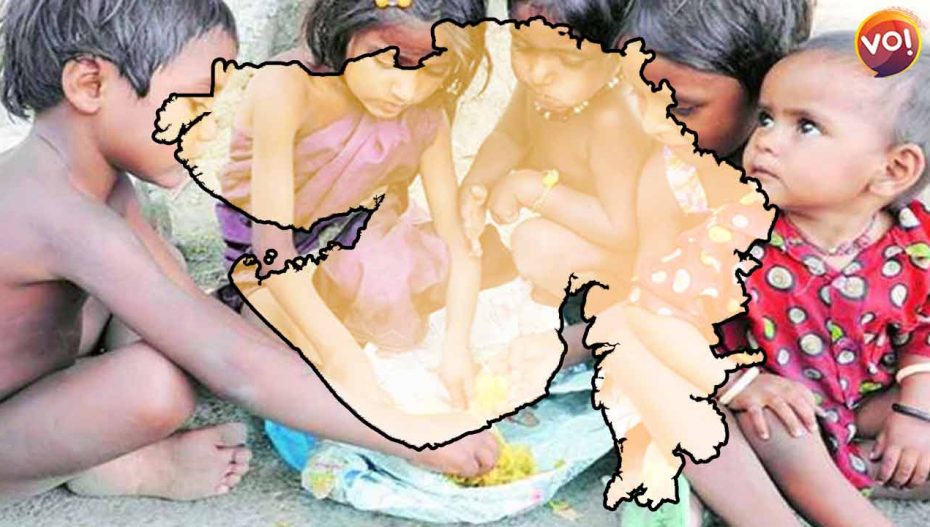The prevalence of anaemia among children and women has increased in most states and Union Territories (UTs) in the last five years. According to the latest findings of the National Family Health Survey (NFHS-5), 67.1% of children aged 6-59 months were anaemic in 2021 against 58.6% in 2016.
The NFHS considers women in the reproductive age group and having a haemoglobin level lower than 12 grams per decilitre (g/dL), children under five with less than 11.0 g/dL, and men in the 15-49 age group having less than 13.0 g/dL, as anaemic.
Ladakh has the highest percentage of anaemic children among UTs at 92.5%, possibly due to the short supply of fresh vegetables and fruits during the long winters, according to health officials.
Other states and UTs with more than two-third anaemic children are Gujarat (79.7%), Dadar and Nagar Haveli and Daman and Diu (75.8%), Madhya Pradesh (72.7%), Jammu & Kashmir (72.7%), Rajasthan (71.5%), Punjab (71.1%), Haryana (70.4%), Telangana (70%), Bihar (69.4%), Assam (68.4%) West Bengal (69%), Maharashtra (68.9%) and Uttar Pradesh (66.4%).
In all, 14 states and UTs have more than two-third of their children anaemic. According to the survey, released by the Union ministry of health and family welfare, the number of anaemic children has spiked in as many as 28 states and UTs (Union territories). As many as 69.2% of children and 49.4% of women were found to be anaemic in the national capital.
Among states, Assam had the biggest spike in anaemic children with the number of cases increasing to 68.4% from 35.7% in 2016. Assam was followed by Mizoram (an increase of 27.3%), Chhattisgarh (25.6), Odisha (19.6), Puducherry (19.1), Manipur and Jammu and Kashmir (18.9).
States which recorded a reverse trend both in the number of anaemic children and women were Andaman and Nicobar Islands, Chandigarh, Dadra and Nagar Haveli and Daman and Diu, Haryana, Lakshadweep and Meghalaya.
States with a lower rate of anaemia among children and women are Kerala, Manipur, Mizoram and Nagaland. The findings also showed that 25% of surveyed men were anaemic in 2021 up from 22.7% in 2016.
Also Read: Gujarat Faces Dire Problem Of Malnutrition In Kids













